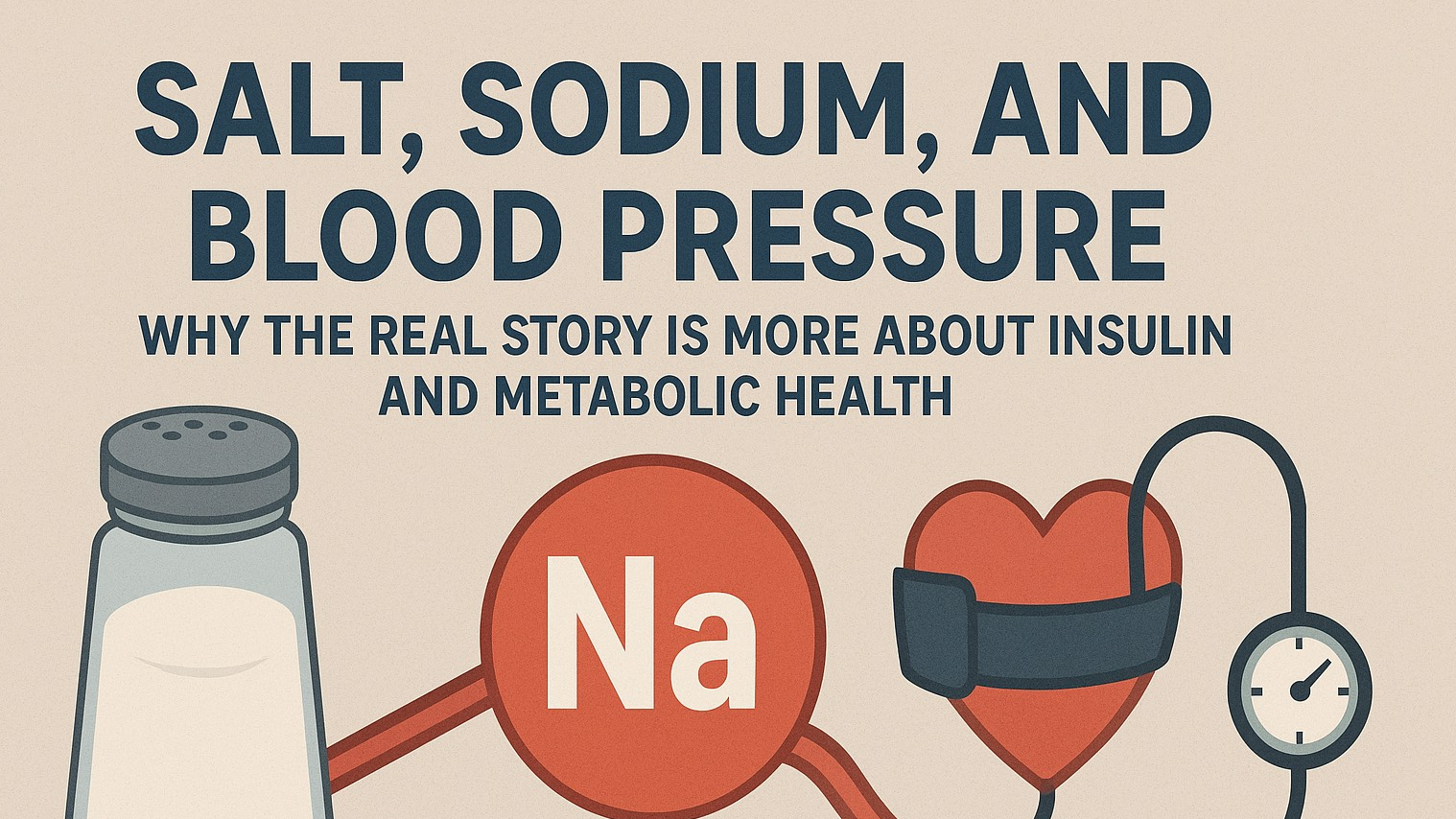
Burning fat and keeping it off can feel like an elusive goal, especially when you're bombarded with misinformation. However, a growing body of scientific research offers clear strategies for sustainable fat loss, specifically tailored for women. From understanding hormonal impacts to implementing smart exercise and dietary habits, here are five proven ways to effectively burn fat and maintain a healthy weight.
1. Prioritize Strength Training
While cardio often gets the spotlight in fat-burning discussions, research shows that strength training is essential for women looking to lose fat and keep it off. Lifting weights builds lean muscle mass, which increases your resting metabolic rate, meaning you'll burn more calories even while resting. A study in the Journal of Applied Physiology found that resistance training can significantly increase resting energy expenditure and reduce fat mass, especially in women aged 18 to 44 .
Additionally, strength training has been shown to counteract age-related muscle loss, a condition called sarcopenia, which can make fat loss harder as women age. For optimal fat loss, aim to incorporate full-body resistance exercises at least 2-3 times per week, focusing on major muscle groups like legs, back, and core.
2. Embrace High-Intensity Interval Training (HIIT)
High-Intensity Interval Training (HIIT) is a time-efficient way to burn fat and boost your metabolism. Unlike steady-state cardio, HIIT alternates between short bursts of intense exercise and periods of lower-intensity recovery. This form of training keeps your metabolism elevated for hours post-exercise, promoting fat oxidation, particularly in abdominal fat.
Research published in the Journal of Obesity found that women who engaged in HIIT burned significantly more body fat than those performing moderate-intensity continuous exercise. For women, this approach can be particularly effective because it enhances fat oxidation and improves insulin sensitivity, which tends to decline with age and can be a factor in fat retention.
3. Focus on Protein-Rich Diets
Women often under-consume protein compared to men, which can be a limiting factor in fat loss. Protein is not only essential for muscle repair after exercise but also helps control hunger, increases feelings of satiety, and supports a healthy metabolism. According to a study in the American Journal of Clinical Nutrition, increasing protein intake to 30% of your daily calories can lead to significant reductions in body fat by boosting metabolism and reducing hunger.
In addition, protein helps preserve lean muscle mass during fat loss, which is crucial for women as they are more prone to losing muscle while dieting. Aim to include a source of lean protein, such as chicken, fish, eggs, or plant-based options like tofu, in every meal.
4. Manage Stress and Prioritize Sleep
The role of cortisol, the body’s stress hormone, is often overlooked in discussions about fat loss. When cortisol levels are elevated, the body is more likely to store fat, especially in the abdominal area. Research from Obesity Reviews highlights how chronic stress and sleep deprivation can sabotage fat loss efforts by increasing cortisol levels and driving cravings for high-calorie, high-sugar foods.
Women, who tend to experience hormonal fluctuations throughout life stages such as menstruation, pregnancy, and menopause, are especially sensitive to stress-induced fat gain. Prioritizing sleep (6-8 hours a night) and incorporating stress-reducing activities like yoga, meditation, or even walking can help regulate cortisol levels and improve fat-burning capacity.
5. Optimize Your Diet with Healthy Fats and Fiber
Not all fats are created equal. Healthy fats, such as those found in avocados, olive oil, and nuts, play a crucial role in fat metabolism and satiety. Studies show that diets rich in monounsaturated and polyunsaturated fats can help reduce abdominal fat and improve insulin sensitivity . For women, including these fats in your diet can also support hormonal health, which is key for effective fat management.
Pairing healthy fats with fiber-rich foods like vegetables, legumes, and whole grains can further enhance fat loss. Fiber slows digestion, helping you stay fuller for longer, and it also stabilizes blood sugar levels, reducing cravings for unhealthy snacks. A study in The Journal of Nutrition found that women who consumed more fiber experienced significant reductions in body fat over time .
Conclusion
Fat loss for women is more than just about calories in versus calories out. It’s a holistic process that takes into account muscle preservation, hormonal balance, and sustainable lifestyle habits. By incorporating strength training, HIIT, a protein-rich diet, stress management, and smart dietary choices, you can burn fat and keep it off while supporting your long-term health.
Understanding these science-backed strategies helps you make informed decisions that fit your unique body and lifestyle. Consistency, not perfection, is key to long-lasting results.
References
Journal of Applied Physiology: "Resistance Training and Resting Metabolic Rate" (2015).
Journal of Obesity: "Effectiveness of High-Intensity Interval Training for Fat Loss" (2017).
American Journal of Clinical Nutrition: "Protein and Fat Loss: A Meta-Analysis" (2012).
Obesity Reviews: "Cortisol, Stress, and Fat Distribution in Women" (2019).
The Journal of Nutrition: "Dietary Fiber and Long-term Fat Loss in Women" (2020).
 Add Row
Add Row  Add
Add 










Write A Comment